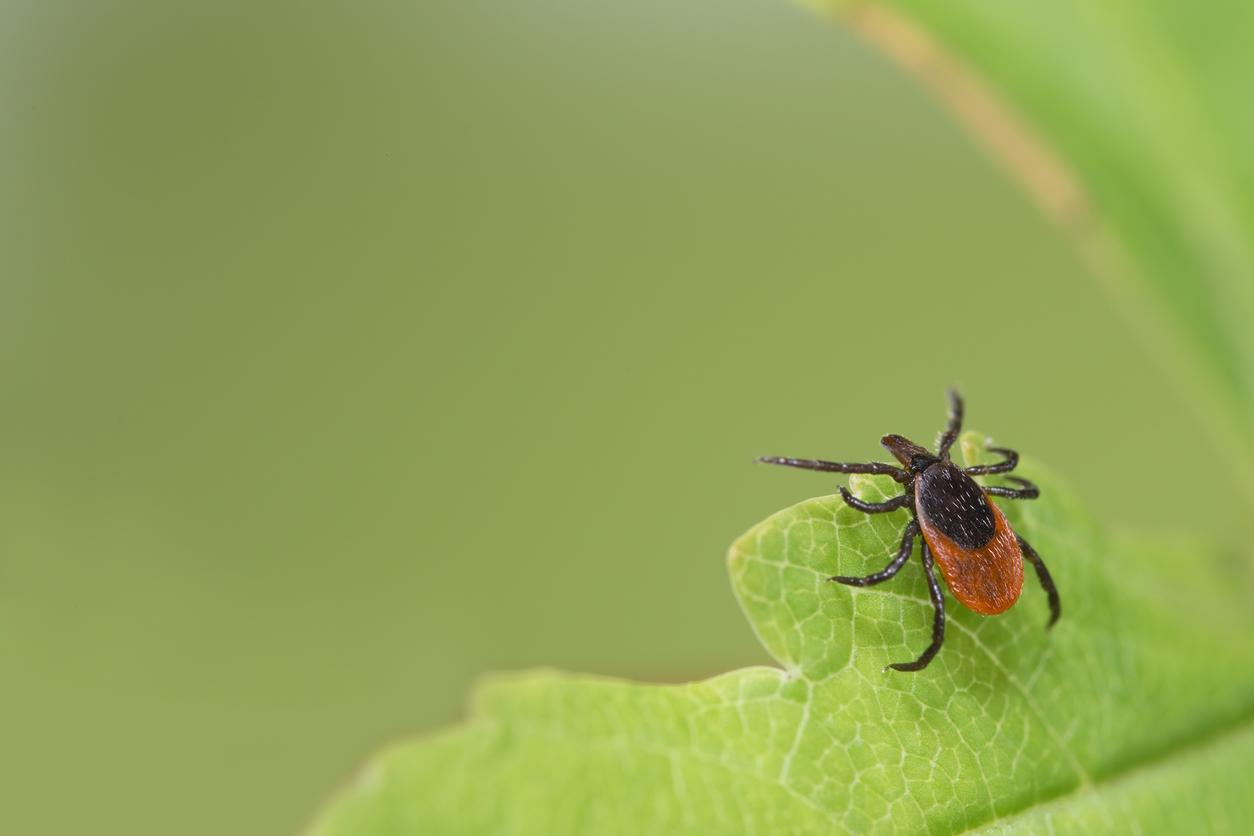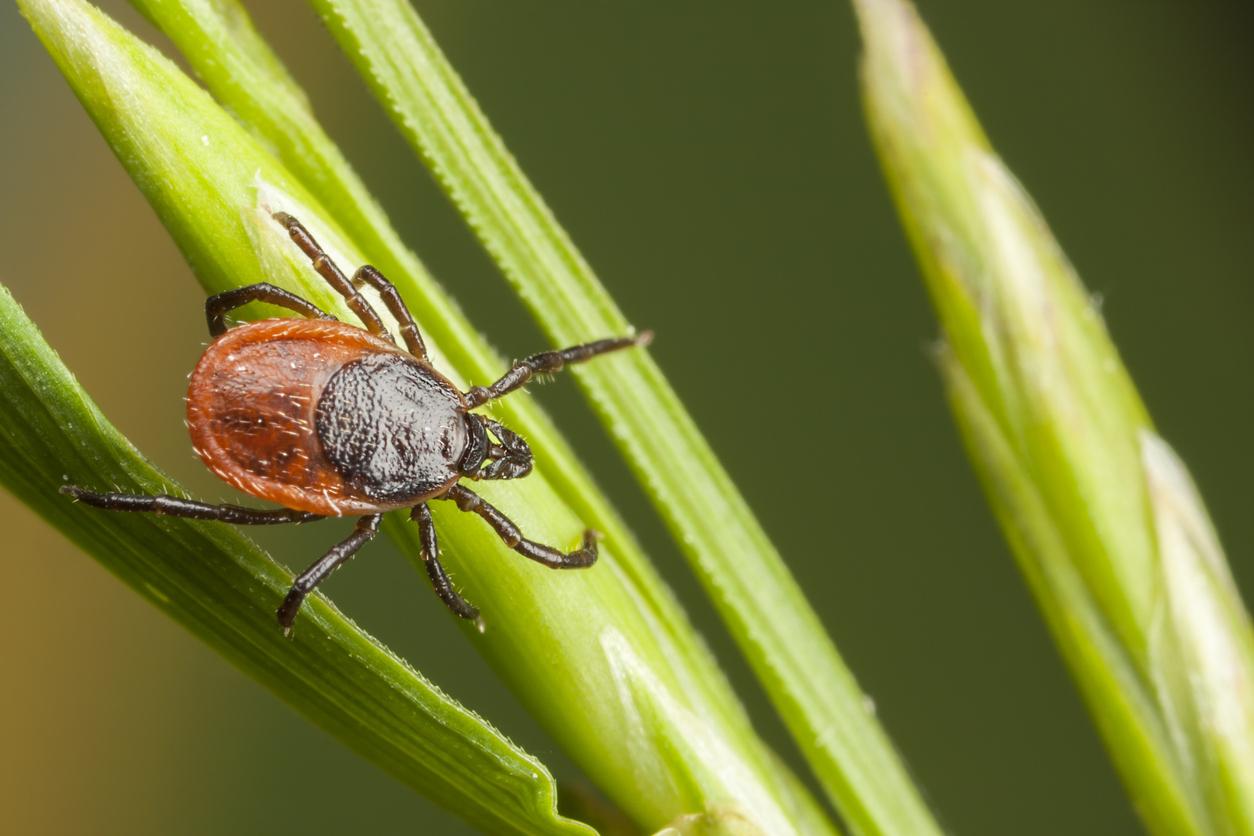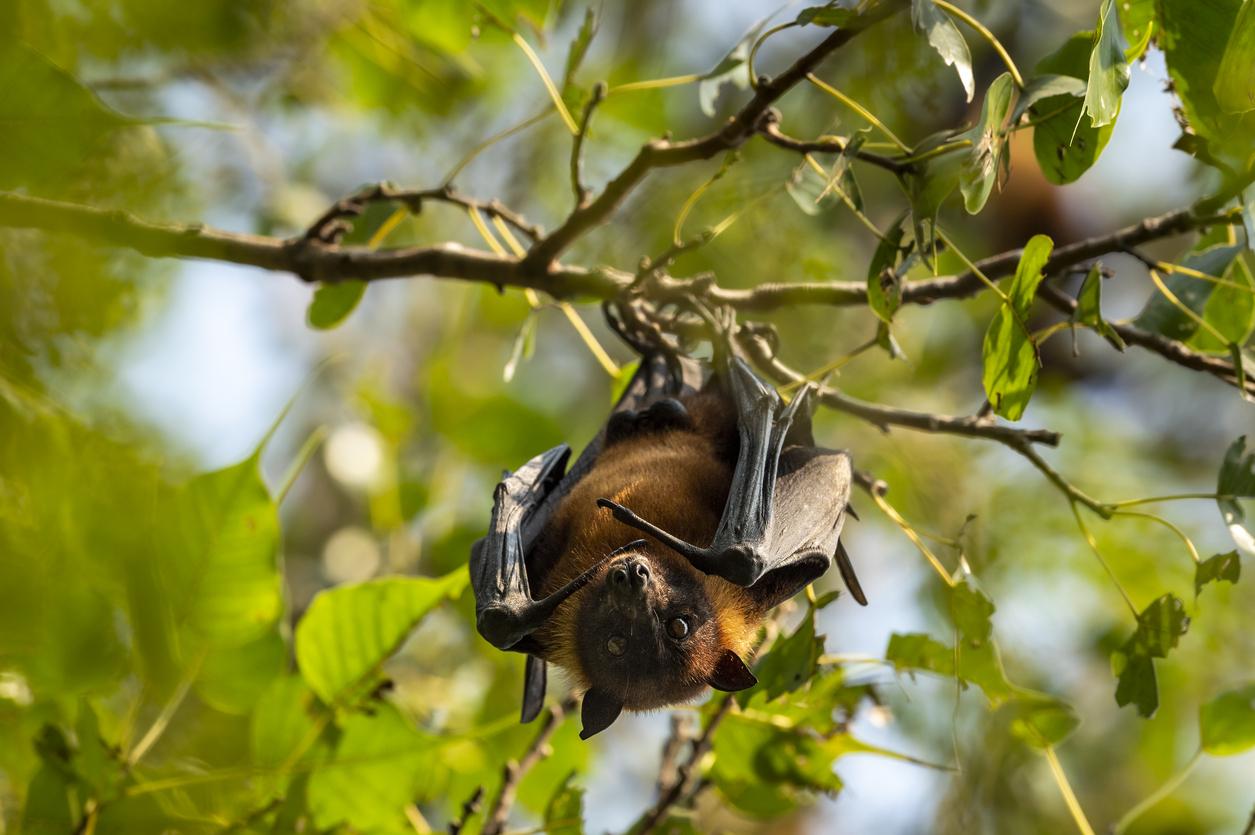There are several good actions you can take to avoid bites from ticks, vectors of Lyme disease, during your walks in nature and parks.

- Ticks are most active between early spring and late fall. They like wooded and humid areas.
- Several actions allow you to avoid their bite during outings in nature.
- The tick can transmit several diseases including Lyme, tick-borne encephalitis and even rickettsioses.
Spring is one of the most active periods for ticks, increasing the risk of bites for lovers of green spaces, walks in the forest or even gardening. Fortunately, several good actions allow you to protect yourself from this mite, a vector of several diseases such as Lyme borreliosis, tick-borne encephalitis and even rickettsioses.
Ticks: the right actions to take when going out into nature
In France, the period when the greatest number of tick bites is recorded is between the beginning of spring and the end of autumn. These large mites live in wooded and humid areas, but they also proliferate in meadows as well as public or private gardens where there is a lot of brush. Thus, one of the first actions to reduce the risk of contamination is to favor well-maintained paths and to walk well in the middle to avoid tall grass or even dead leaves.
When walking in risk areas, it is recommended to cover your arms and legs with long clothing. It is also advisable to use a repellent in accordance with the instructions for use (especially for children, pregnant women, etc.). “Protecting your head is also important, because detecting ticks on the scalp is complicated.”specifiesNational Forestry Office on its website.
Additionally, it is best not to sit on the ground during the walk. If you are planning a picnic, consider using a clear blanket spread on the ground.
“After a nature outing, carefully inspect your body, particularly the armpits, skin folds, scalp, behind the ears and neck. If you spot a tick, remove it quickly with a tick remover, destroy it there and disinfect the bite. The area will need to be monitored for six weeks.adds the ONF.
Ticks: how to properly inspect your body?
The sooner a tick is removed, the lower the risk of contamination. This is why it is important to examine your body quickly after a walk in the forest or a risky green space. For the record, ticks are small (1 to 3 mm for nymphs and 3 to 4.5 mm for adults), so you must be particularly attentive and thorough during the inspection. “Take a good look at the whole body and especially areas where the skin is thin, because tick bites are more frequent there and sometimes more difficult to see”warnsHealth Insurance on his site. Remember to check:
- armpits ;
- knee creases;
- genitals;
- navel ;
- the ear canals;
- the neck ;
- scalp.
You should also carefully inspect your children and pets who shared your ride. Furthermore, it is recommended to conduct a second examination the next day since ticks engorged with blood are more visible.
















